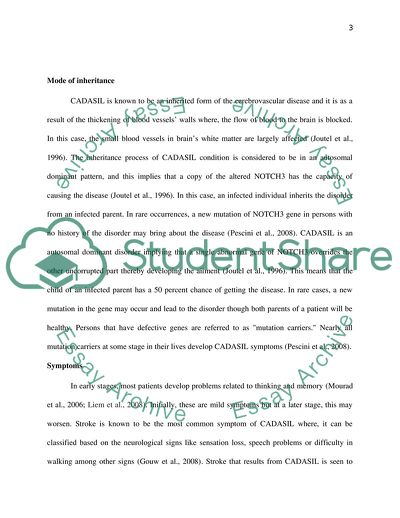Cite this document
(Cerebral Autosomal Dominant Arteriopathy Case Study, n.d.)
Cerebral Autosomal Dominant Arteriopathy Case Study. https://studentshare.org/biology/1869494-cadasil-human-inherited-disease
Cerebral Autosomal Dominant Arteriopathy Case Study. https://studentshare.org/biology/1869494-cadasil-human-inherited-disease
(Cerebral Autosomal Dominant Arteriopathy Case Study)
Cerebral Autosomal Dominant Arteriopathy Case Study. https://studentshare.org/biology/1869494-cadasil-human-inherited-disease.
Cerebral Autosomal Dominant Arteriopathy Case Study. https://studentshare.org/biology/1869494-cadasil-human-inherited-disease.
“Cerebral Autosomal Dominant Arteriopathy Case Study”. https://studentshare.org/biology/1869494-cadasil-human-inherited-disease.


